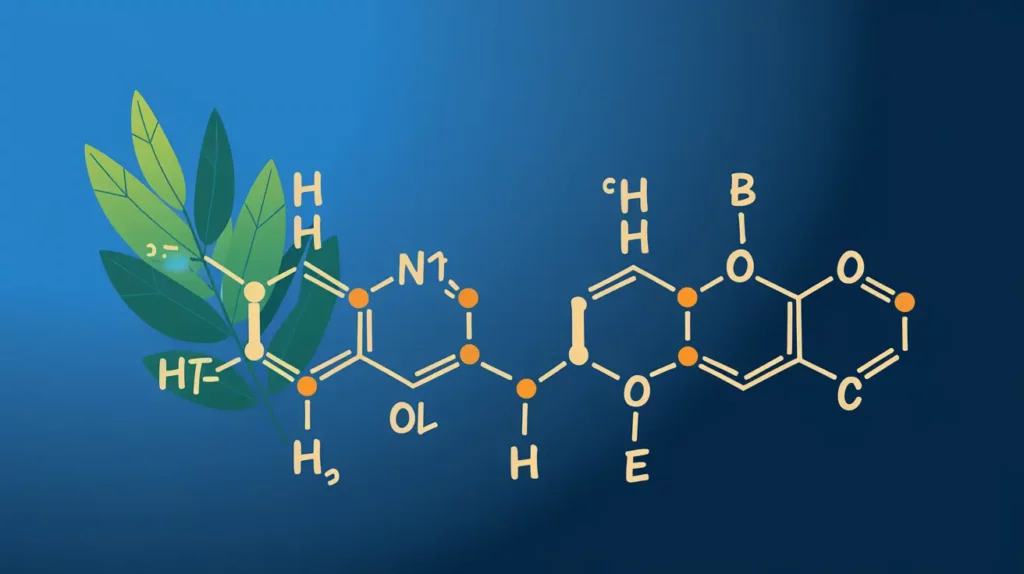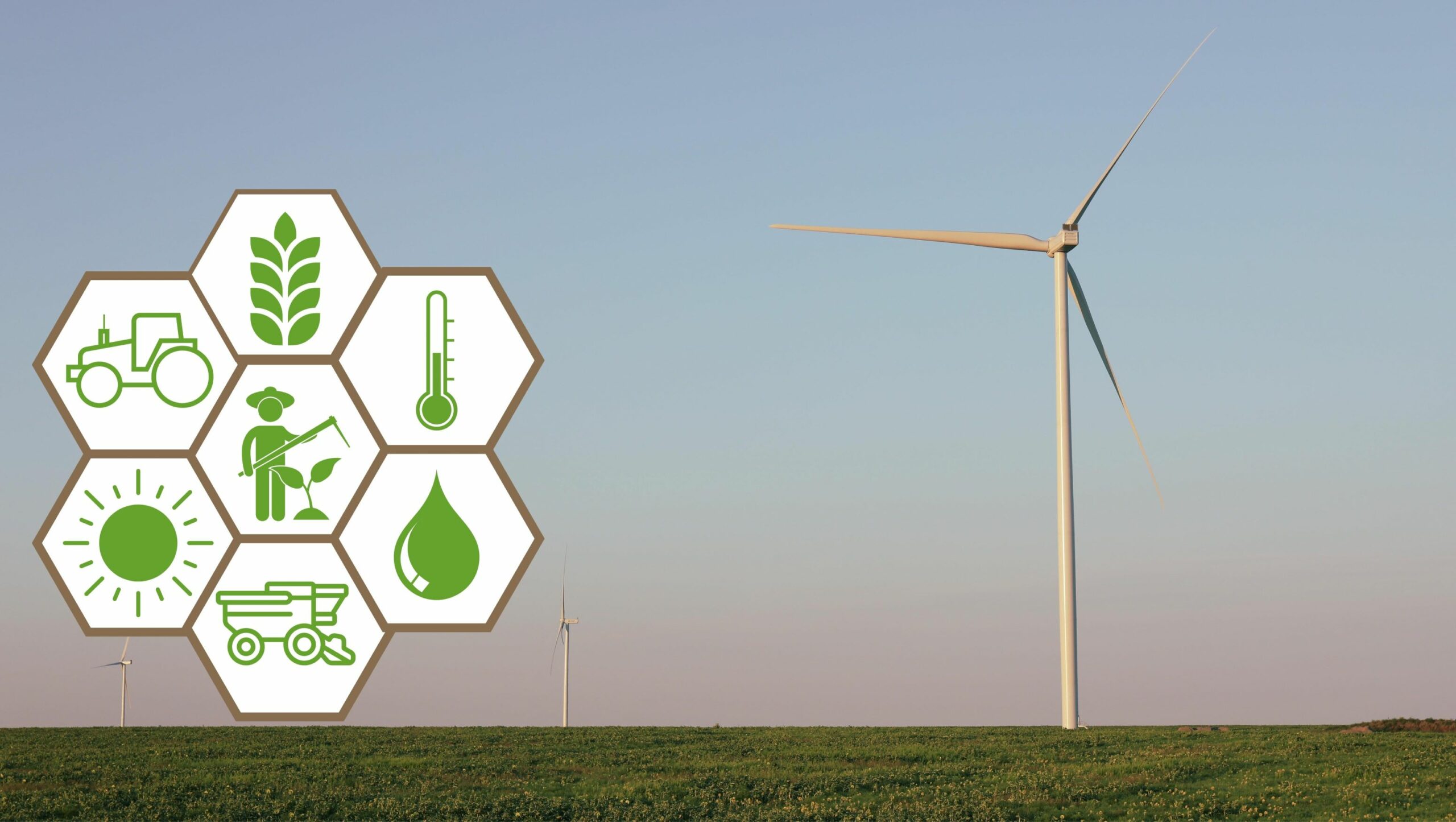Image by atlascompany on Freepik
In the quest for cleaner, more sustainable fuels, renewable diesel and biodiesel have emerged as promising alternatives to traditional petroleum-based diesel. These green fuels share a common goal: reducing carbon emissions and mitigating the environmental impact of transportation.
However, they have different origins, production processes, and characteristics. Let’s dive into the world of renewable diesel and biodiesel to understand their differences and similarities.
Renewable Diesel: A Second-Generation Marvel
Origin: Renewable diesel, often referred to as second-generation biodiesel, is derived from a variety of feedstocks, including animal fats, cooking oils, and other renewable resources. It can even be produced from algae, creating a sustainable source of fuel.
Production: The production of renewable diesel involves hydrotreating, a process that removes impurities and creates a fuel with properties very similar to petroleum-based diesel. This results in a high-quality, drop-in replacement for traditional diesel, compatible with existing diesel engines and infrastructure.
Environmental Impact: Renewable diesel boasts impressive environmental credentials. It typically contains zero sulfur and has a significantly lower carbon footprint compared to fossil diesel. It also produces fewer emissions of particulate matter, nitrogen oxides, and carbon monoxide, contributing to improved air quality.
Biodiesel: The First-Generation Champion
Origin: Biodiesel, often called first-generation biodiesel, is primarily made from vegetable oils such as soybean, canola, and palm oil, as well as animal fats. These feedstocks are renewable, but there are concerns about the sustainability and ethical implications of using certain crops and resources for biodiesel production.
Production: Biodiesel is produced through a chemical process called transesterification, which involves reacting vegetable oil or animal fat with an alcohol like methanol or ethanol. While biodiesel can be blended with petroleum diesel, it may require engine modifications and is less energy-dense than renewable diesel.
Environmental Impact: Biodiesel is recognized for its lower carbon dioxide emissions compared to fossil diesel, making it a greener alternative. However, its environmental impact can vary significantly depending on the feedstock source and production methods.

The Verdict: Which Is Better?
The choice between renewable diesel and biodiesel depends on a variety of factors, including feedstock availability, production methods, and engine compatibility. However, renewable diesel often holds an advantage due to its higher energy density, reduced carbon emissions, and ability to function seamlessly with existing diesel engines and infrastructure.
As the world continues its shift toward greener transportation fuels, both renewable diesel and biodiesel play critical roles in reducing the carbon footprint of the diesel industry. However, the emergence of renewable diesel as a second-generation biodiesel offers a more efficient, environmentally friendly, and sustainable alternative for the future. Ultimately, the decision between these two green fuels should be guided by the specific needs and goals of each application, while keeping environmental sustainability at the forefront of the conversation.


